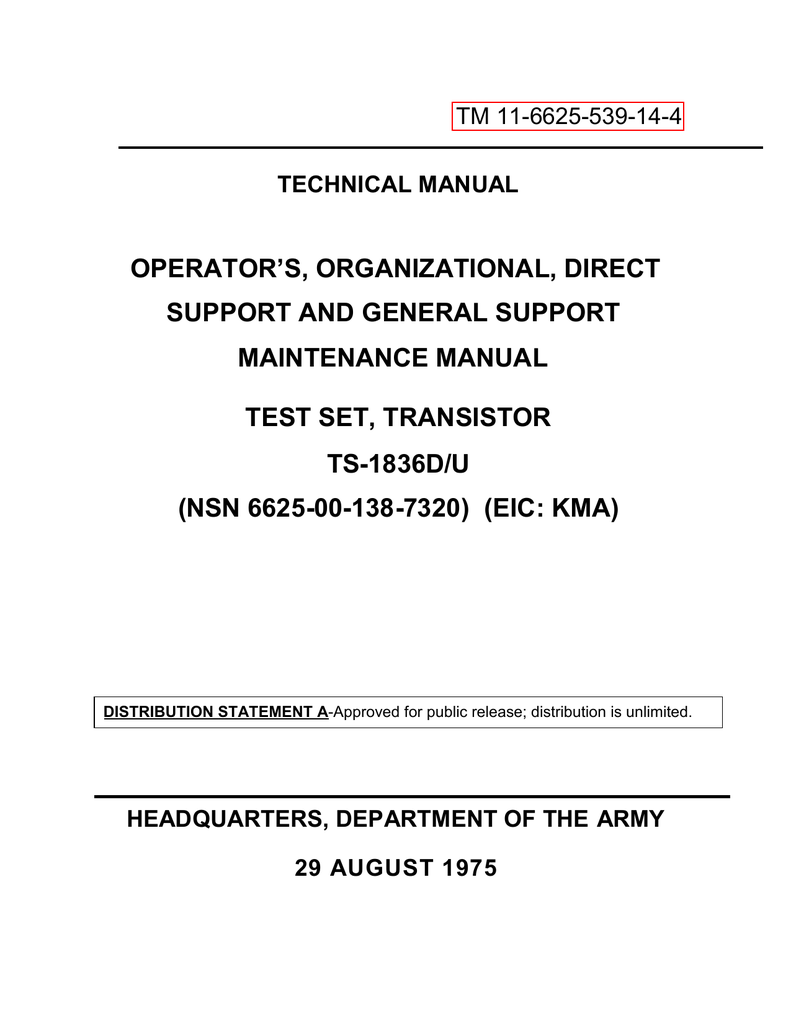

VEBO = It’s the Emitter to Base breakdown voltage. VCBO = As above, it’s the device’s Collector to Base breakdown voltage. In simple words for a given device, the operations must be carried out and limited below these specified levels. VCEO = Indicates the Collector to Emitter Breakdown voltage of the particular device, or the maximum threshold voltage level beyond which the device may get damaged or blown off. The study of the following relevant acronyms is a must for all electronic students: Image Courtesy - 2N3055 Datasheet Explained for Easy Referenceīefore noting specific figures, readers should first become famliar with the various terminologies used on the 2N3055 spec sheet. Let’s have a more intense and precise study regarding the above specialization of the device in the following section.



Low base to emitter voltage, makes it easily switchable even with nominal output potentials available from linear ICs without incorporating buffer stages.High collector to emitter voltage handling capability makes it highly versatile for most power amplification applications.Rugged design and packaging, makes it less vulnerable to mechanical stresses during procurement and transportation.The device has become particularly popular due to some of its outstanding features, as summarized below: The basic application range include power switching, high fidelity amplification, shunt regulation, and forming the output stages of various power circuits. The 2N3055 is a NPN Epitaxial-Base Planar Transistor that normally comes encapsulated in a metal Jedec TO-3 package.


 0 kommentar(er)
0 kommentar(er)
